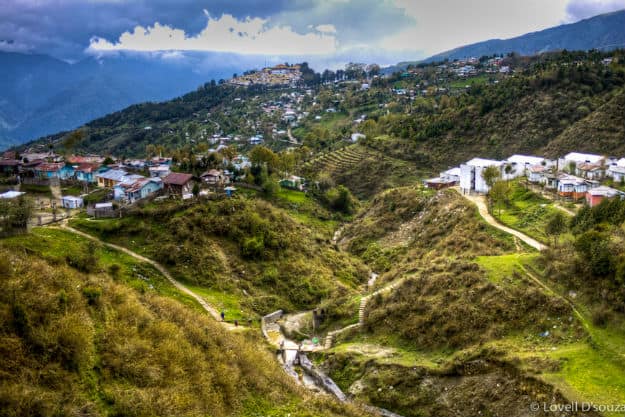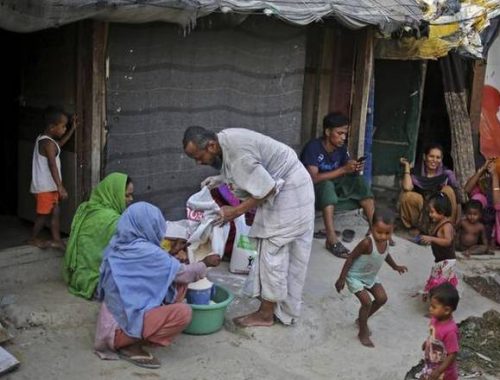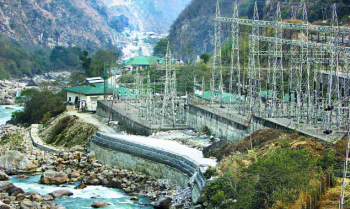China is trying to fund certain civil society organizations to incite protests against hydropower projects in Arunachal Pradesh, fear Indian government officials.
The development comes amid India’s efforts to revive work on the long-pending hydro projects, including the 2,000 megawatts (MW) Lower Subansiri and 2,880MW Dibang projects by state-run NHPC Ltd. The Centre is also trying to expedite the completion of 600MW Tawang-I and 800MW Tawang-II projects in the strategically located state.
Any delay in building hydropower projects in Arunachal Pradesh on rivers originating in China will affect India’s strategy of establishing its prior-use claim over the waters, according to international law. India is concerned that the hydropower projects may be affected by Beijing’s plan to divert water from rivers that flow into the Brahmaputra towards the arid zones of Xinjiang and Gansu.
“We have heard that China is trying to incite and fund some NGOs in Arunachal Pradesh against hydro power projects,” said a senior government official requesting anonymity.
Mint reported on 30 August that 103 private hydropower projects in the state with a total capacity of 35 gigawatts (GW) are still to take off despite the government’s Act East policy.
“The public meetings for consent under the Forest Rights Act haven’t been held for Tawang-I and Tawang-II as these organizations are not allowing the critical meetings to take place,” said a second person aware of the development, also seeking anonymity.
China is working on an ambitious $62-billion south-north water diversion scheme for Yarlung Tsangpo, the upper stream of the Brahmaputra river.
The Tawang Chu and Nyamjang Chu are the two main rivers in Tawang district. The Tawang Chu emerges after the confluence of Mago Chu and Nyukcharong Chu. The river system for Nyukcharong Chu originates from Tibet in the eastern Himalayas and flows in the southern direction and joins Seti Chu after 52km, according to information reviewed by Mint. The catchment area lies in the inaccessible high mountain region of the Himalayas and a major part of it is located outside the Indian territory in Tibet. About 65% of the catchment area of Stage-I lies in Tibet.The total catchment area up to the proposed barrage site of Tawang Stage-I is 2,937sq. km and of Tawang Stage-II is 3,419sq. km, according to the information.
The forest advisory committee of the ministry of environment, forest, and climate change had earlier deferred clearance to the 600MW Tawang hydroelectric project, saying that the location is a vital wintering ground for the black-necked crane, an endangered species, and other birds. The area is also home to barking deer, sambar, wild yak, serow, goral, wild boar, red panda, clouded leopard, snow leopard and musk deer. Environmentalists have repeatedly said efforts to raise the bogey of “national security” could result in irreversible environmental damage.
“India needs to take informed and democratic decisions about whatever it plans to build on rivers in Arunachal Pradesh. There is a need for thorough social, environment, and cumulative impact assessment of projects that we want to build,” said Himanshu Thakkar, co-ordinator, South Asia Network on Dams, Rivers and People. “People’s movement in the state is so strong that any project that takes a toll on the environment would be opposed. The whole narrative that China is funding NGOs to oppose these projects is absurd,” said Thakkar.
Queries emailed on 2 September to the spokespersons of India’s ministries of power, external affairs, the Chinese embassy in New Delhi and NHPC till press time were not answered. In response to Mint’s queries, Arunachal Pradesh chief secretary, Naresh Kumar, in a message, said: “I have no information.” A Union home ministry spokesperson declined comment.
Courtesy: The Live Mint




